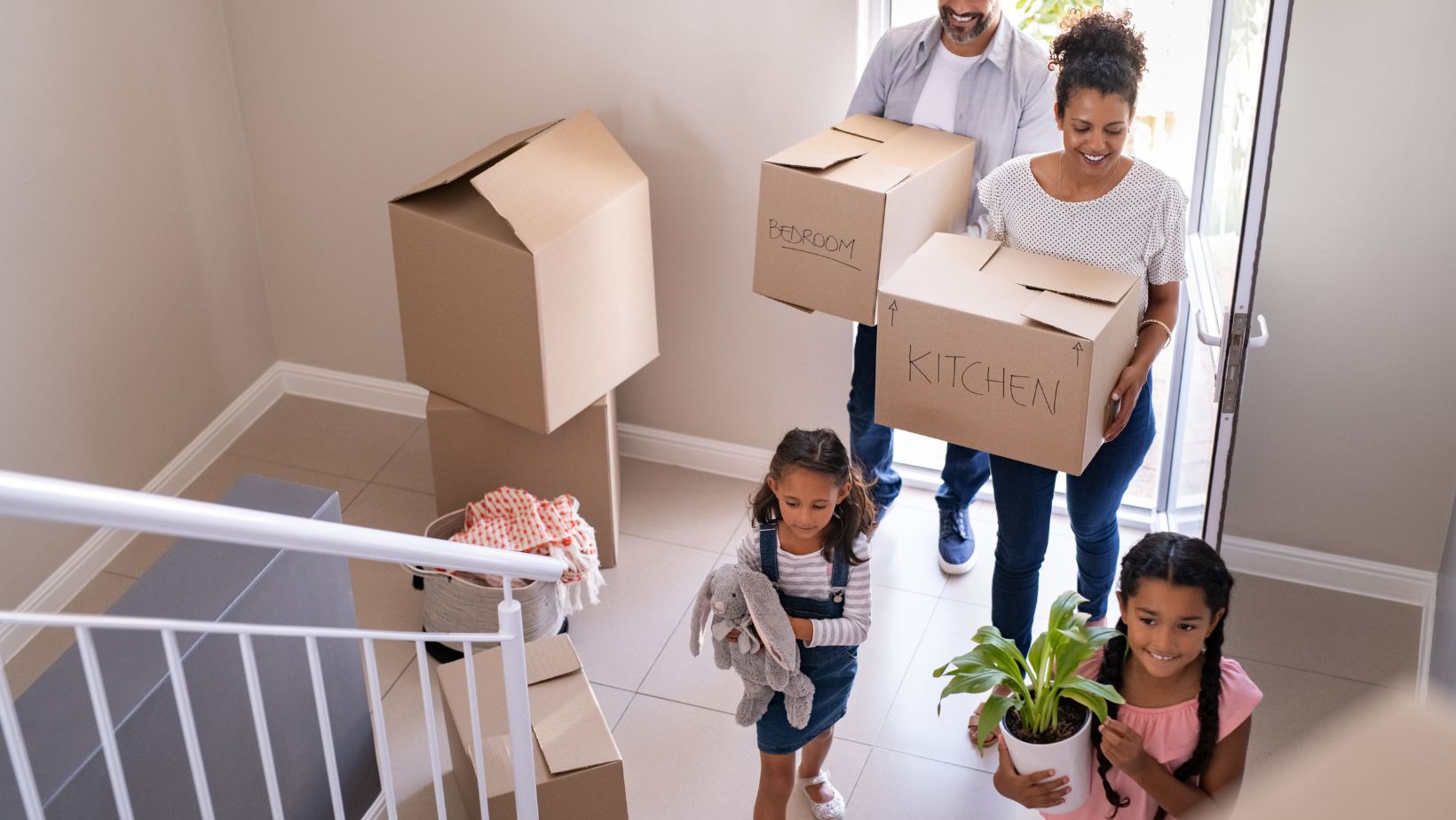How to Move Safety And Ensure a Smooth Transition Without Compromising Health

Moving to a new home is often an exciting but demanding experience. Amidst the hustle and bustle of packing, lifting, and transporting, safety should always be a top priority. By understanding potential risks and taking proactive measures, individuals and moving professionals can ensure a smooth transition without compromising their health or property. In this article, we will explore essential moving safety tips to help everyone involved in the relocation process stay safe and injury-free.
Plan And Organize
Proper planning is the foundation of a safe move. Create a detailed moving plan that includes a packing timeline, task assignments, and a checklist. Organize belongings systematically, labeling boxes clearly to make them easy to identify. Planning ahead helps prevent last-minute rushing, reducing the risk of accidents caused by haste.
Lift Safely
One of the most common moving-related injuries is back strain due to improper lifting techniques. Encourage everyone involved to bend their knees, keep their back straight, and lift with their legs when picking up heavy objects. Avoid twisting the body while carrying items and, if necessary, use proper lifting aids such as dollies or hand trucks for heavier furniture and appliances.
Protective Gear
Wearing appropriate protective gear can significantly reduce the risk of injuries. Sturdy, closed-toe shoes with good grip are essential to prevent slips and falls. Additionally, wearing work gloves can provide a better grip on items and protect hands from sharp edges or splinters. For individuals with allergies or respiratory issues, wearing a mask can help avoid inhaling dust and allergens during the moving process.
Professional Movers
Consider hiring professional movers who are trained and experienced in handling the complexities of relocation. Professional moving companies have the expertise to navigate challenging situations and can significantly reduce the risk of accidents or damage to property. When hiring movers, verify their licenses and insurance, and read reviews to ensure they are reputable and reliable.

Secure Fragile Items
Properly packing and securing fragile items are crucial to prevent breakage. Use adequate padding materials such as bubble wrap, packing paper, or foam to cushion delicate items inside boxes. Clearly mark boxes containing fragile items and load them separately to ensure they receive the necessary care during the move. Additionally, avoid overloading boxes to prevent them from collapsing and damaging the contents.
Stay Hydrated And Take Breaks
Moving can be physically exhausting, so it’s essential to stay hydrated and take regular breaks. Dehydration and exhaustion can impair judgment and increase the risk of accidents. Provide plenty of water and snacks for everyone involved, and encourage short breaks to rest and recharge. Taking breaks not only prevents physical strain but also allows for mental relaxation, ensuring everyone remains focused and alert.
Clear Pathways
Keep pathways and staircases clear of obstacles to prevent tripping hazards. Make sure there are no loose rugs, cables, or other items that could cause someone to slip or fall. It’s also essential to have a clear path from the moving truck to the entrance of the new home to facilitate the movement of heavy furniture and boxes.

Properly Disassemble Furniture
When disassembling furniture, keep track of screws, bolts, and other small parts by storing them in labeled bags. Follow the manufacturer’s instructions for disassembly and reassembly to avoid damaging furniture pieces. Properly disassembled furniture is easier to handle and reduces the risk of injuries during the move.
Use Proper Equipment
Invest in high-quality moving equipment such as furniture straps, dollies, and hand trucks. These tools can make the process significantly safer and more manageable. Furniture straps, for instance, provide additional stability when lifting heavy items, reducing the strain on movers’ backs. Using the right equipment not only ensures safety but also increases efficiency during the move.
Child And Pet Safety
Moving can be overwhelming for children and pets. Keep them away from the moving areas to prevent accidents. If possible, arrange for a trusted friend or family member to look after children and pets on moving day. Alternatively, designate a specific safe area within the home where children and pets can stay until the move is completed.
In conclusion, prioritizing safety during a move is essential for everyone involved. By following these moving safety tips and taking precautions, individuals and moving professionals can minimize the risk of accidents, injuries, and property damage. A safe move not only ensures the well-being of everyone involved but also contributes to a more efficient and stress-free relocation experience. By staying vigilant, planning ahead, and using proper techniques and equipment, moving can be a smooth and secure transition to a new home.
What's Your Reaction?
Deepak is a lover of nature and all things sporty. He loves to spend time outdoors, surrounded by the beauty of the natural world. Whether he's hiking, biking, or camping, Deepak enjoys being active and in touch with nature. He also loves to compete and push himself to his limits. Deepak is an avid cyclist, runner, and swimmer. He has competed in several triathlons and marathons, and is always looking for new challenges to take on.



